Sustainability
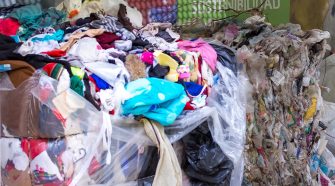
Recycling processes for the plastic waste from textiles
Plastics play a major role in our lives. They are widely used in many sectors and applications, but at the end of their lifecycle they become waste that needs to …
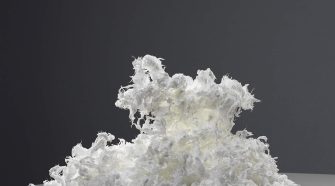
Renewcell, Kelheim Fibres form collaboration to establish a European closed loop for sustainable textile fibers
Renewcell and Kelheim Fibres Gmbh recently signed a letter of intent to develop commercial production of viscose fibers from up to 10,000 tonnes annually of Renewcell’s 100% textile recycled material …
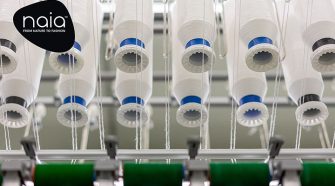
Eastman’s big response to the big, big problem of plastic waste
For most of the 20th Century, Eastman Kodak held a dominant position in photographic film – back in 1976 it had an 89% market share of all U.S. photographic film …
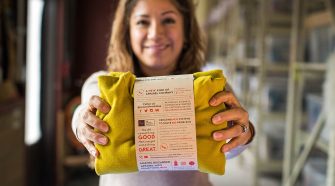
Decoupling resource use from resource growth is the goal, says The Renewal Workshop
The textile and apparel industry’s linear business model of make, use and dump has been perfected over many decades and ensures that the 80 billion new pieces of clothing now …
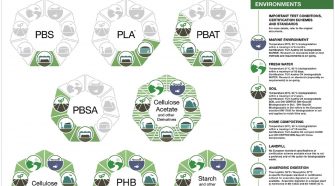
New SUPD guidance calls biopolymers ‘plastic’; yet PHA, PLA stakeholders remain optimistic for the long term
The European Commission’s Single-Use Plastics Directive (SUPD) has been hotly debated since its initial publication in July 2019. While the aim of the legislation is a noble one – minimizing …

